I first heard of BUILD from someone who commented on one of my pictures and told me I should look in to it.
So I did.
And I love it.
There is a lot of different versions of BUILD, but this is the format that I follow. I use tubs to store all of my stations. I have 10 tubs that follow this format. I use numbers but they follow the same format each rotation. #1 and #6 are always Buddy Games, #2 and #7 are always manipulatives, #3 and #8 are Independent Reading, #4 and #9 are Learning about Numbers, and #5 and #10 are always Doing Math. It doesn’t matter how you set it up but that was the easiest way for me to transition in to this format without having to completely restructure my math tub system. It really isn’t that much different than what I have always done but it keeps me organized and the kids know what to expect.
Here are a few Buddy Games that I have been using. The ticket is to keep the format of the games similar without having to explain different directions each time. In December, I call the game “Sugar”, in January “Coco” and in February “Cupid”. The skills change each month. The students practice things like addition facts, tally marks, subtraction facts, ten frames…etc. When they draw the card with the image on it, they have to return all of the cards to the pile. The goal is to get 10 cards in order to win the game.
Another Buddy Game we have been using is “Math Spins”. Each kiddo gets a math spinner and they sit across from one another. They spin the spinner and cross out whatever number they landed on. Again, the skill set varies and builds throughout the year. The first partner to have their entire board marked out wins. I just laminate the boards and give the kids expo markers. That way, I’m saving trees and sanity 🙂
You can always use the pencil/paper-clip method, but I really like these spinners. They are really easy to use. I hole punch in the center of the board and then snap this in.
Here are some ideas for Using Manipulatives. You don’t even need to print anything for this activity. Students just roll the dice and build the number in this foam ten frame. If you want to make it a little more challenging, you can have them roll 2 or 3 dice and use two ten-frames.
I’m a big fan of these foam ten frames.
One of my team-mates introduced me to Mental Blox. This is a great critical thinking activity and I rotate it in every so often throughout the year with different cards. They LOVE it!
Pattern Blocks and more pattern blocks. You don’t even have to have them record anything. I do but you don’t have to. As long as they are “doing” the task, don’t get too stuck on them having to have something to show for it. If the student or partners don’t get around to doing the recording page, I don’t worry about it.
I could throw some math books in the Independent Reading tubs, but I like for the kids to have some accountability. There are different activities for each month, but it usually includes assembling a book-let. The next book is a “snowy numbers” book-let where they have to count the objects and represent the number in four different ways.
This is an activity that we used at the beginning of the year for Learning About Numbers. Anything with Play-doh is always fabulous at the beginning of the year 🙂 All they had to do was roll up little play-doh counters and stick it on the ten frame to represent the number.
In January, I had the students work with double ten frames. I found snowflake erasers at Party City and we used those as counters. If you check the dollar section at Target (I mean, who doesn’t) you can always find little erasers like these to use instead of the red and yellow counters. Each card had either a snowflake, snowman, or pair of mittens with a number on it. When they pulled out the card, they had to see what the number was and then write the number next to the corresponding picture on the recording page. Then, they have to build the number using the counters.
Doing Math is usually a skill that I have already introduced or something that I think that they need extra practice with. Again, it doesn’t have to be on paper. I have used whiteboards and flashcards for this tub in the past. The great thing about BUILD is that it is so flexible and you can make it work for you!
I have all of these activities here or you can grab them individually. When I get my stations together for the month, it usually looks something like this:
This format has helped me make sure that I’m providing my students with different types of engaging math activities AND (for the win) it has kept me more organized with my math stations!
I am working on March BUILD right now. What types of skills would you like to see me include?





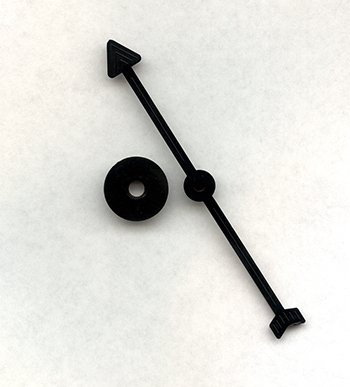


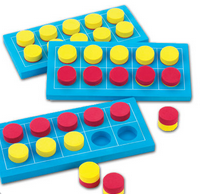

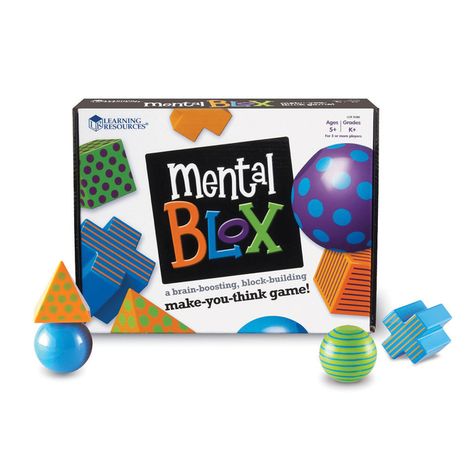



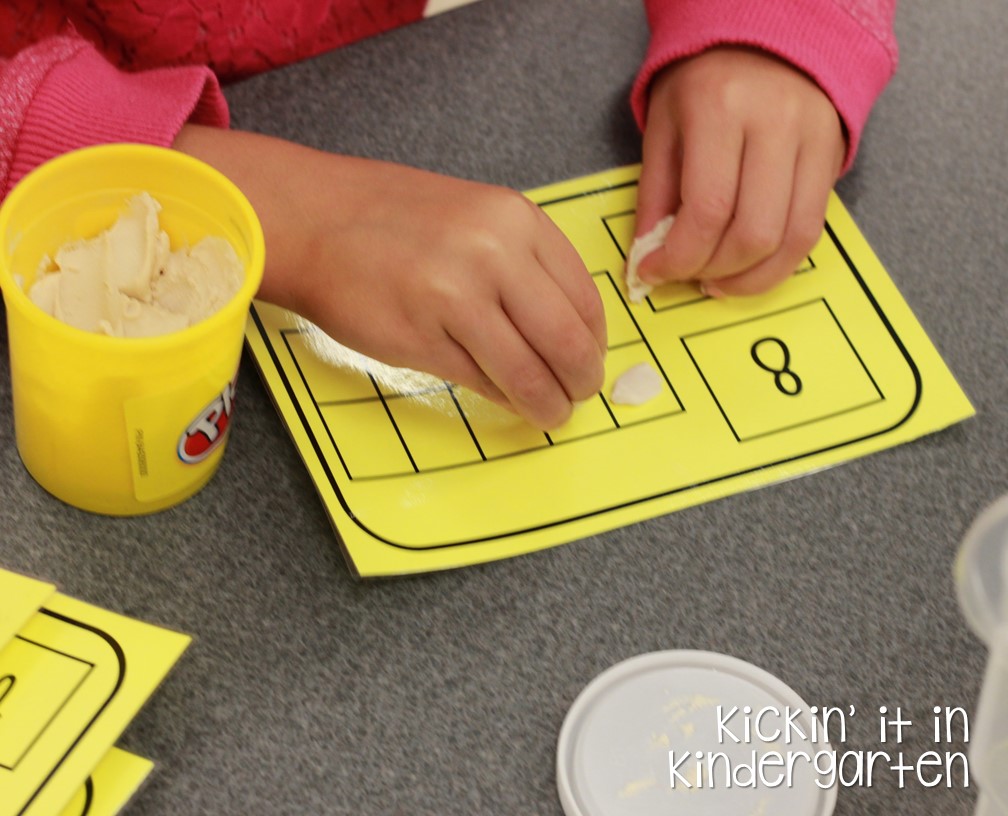

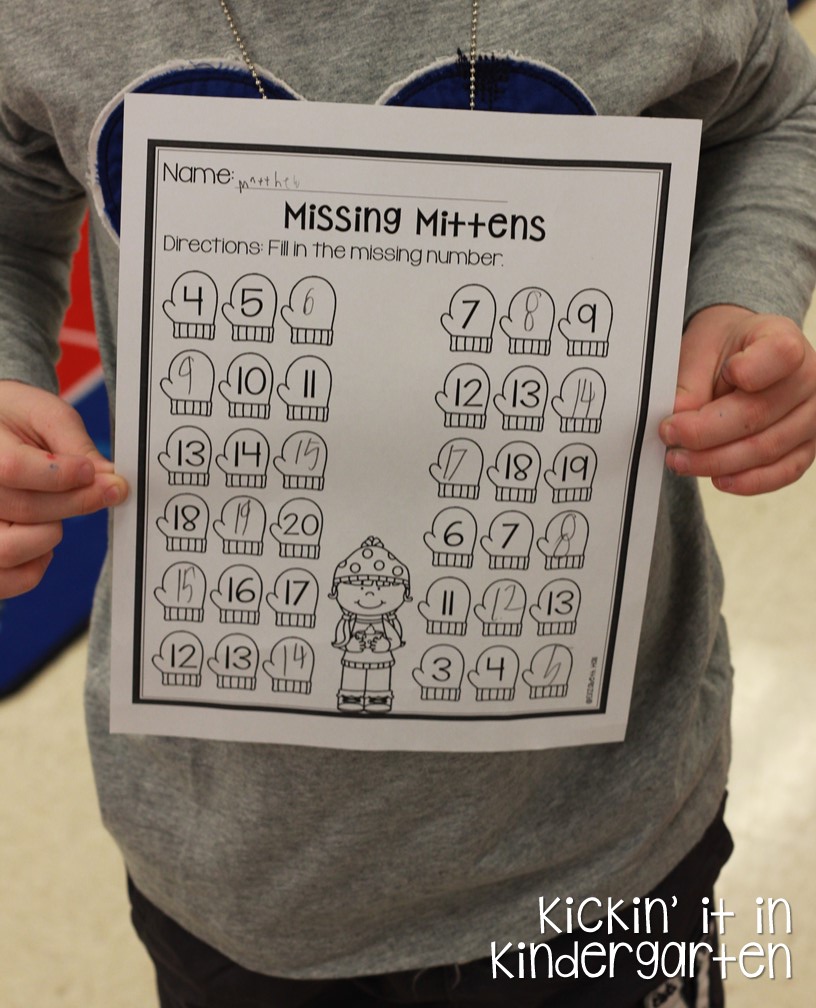
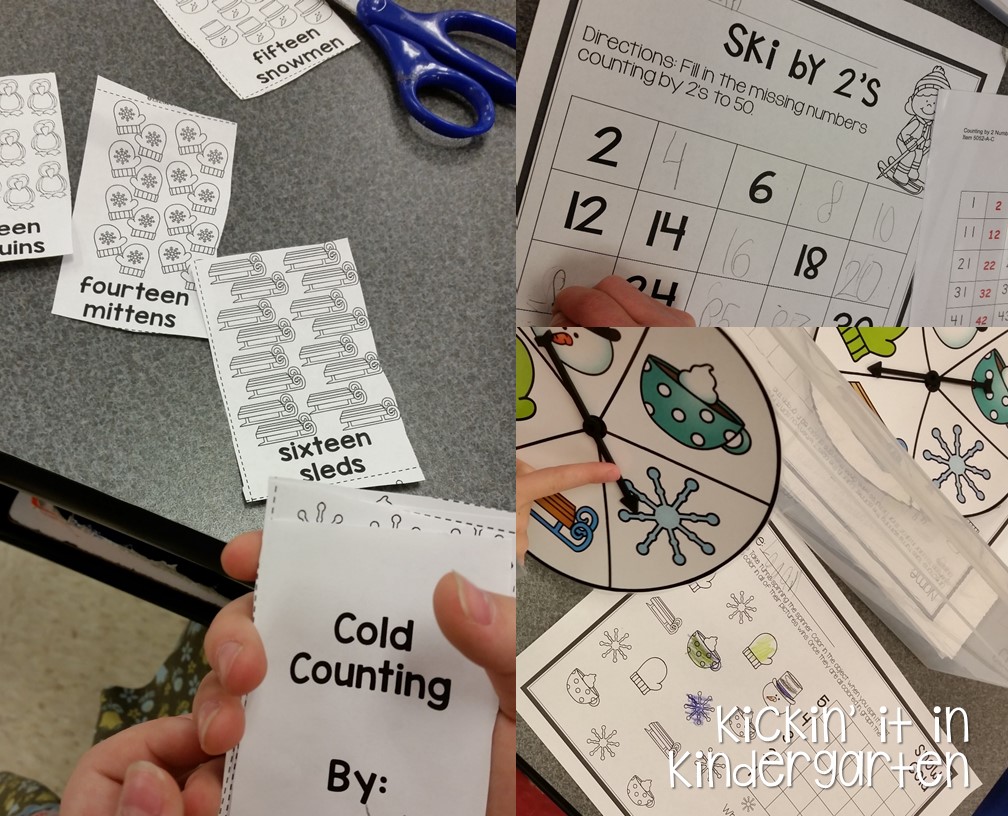
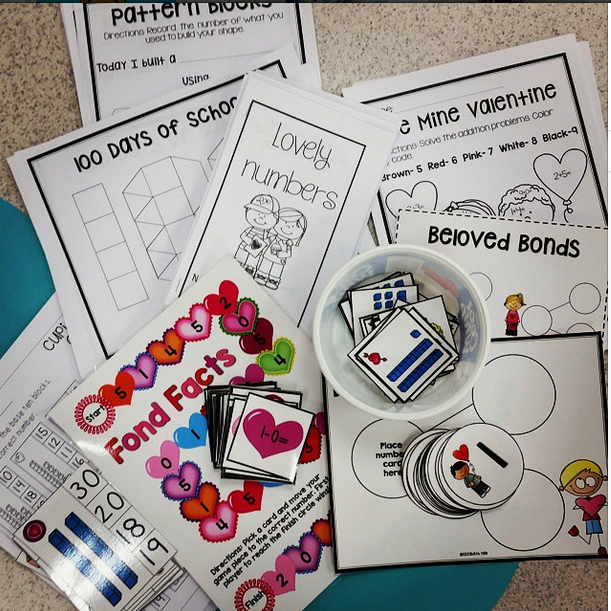




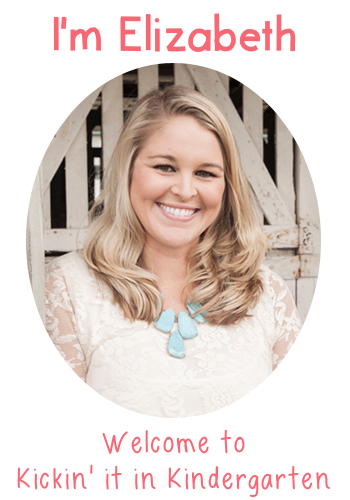
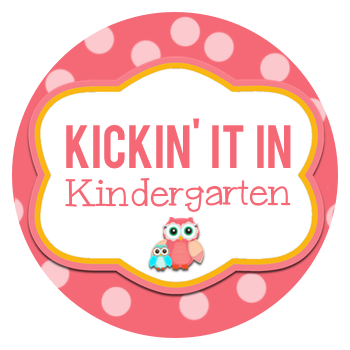




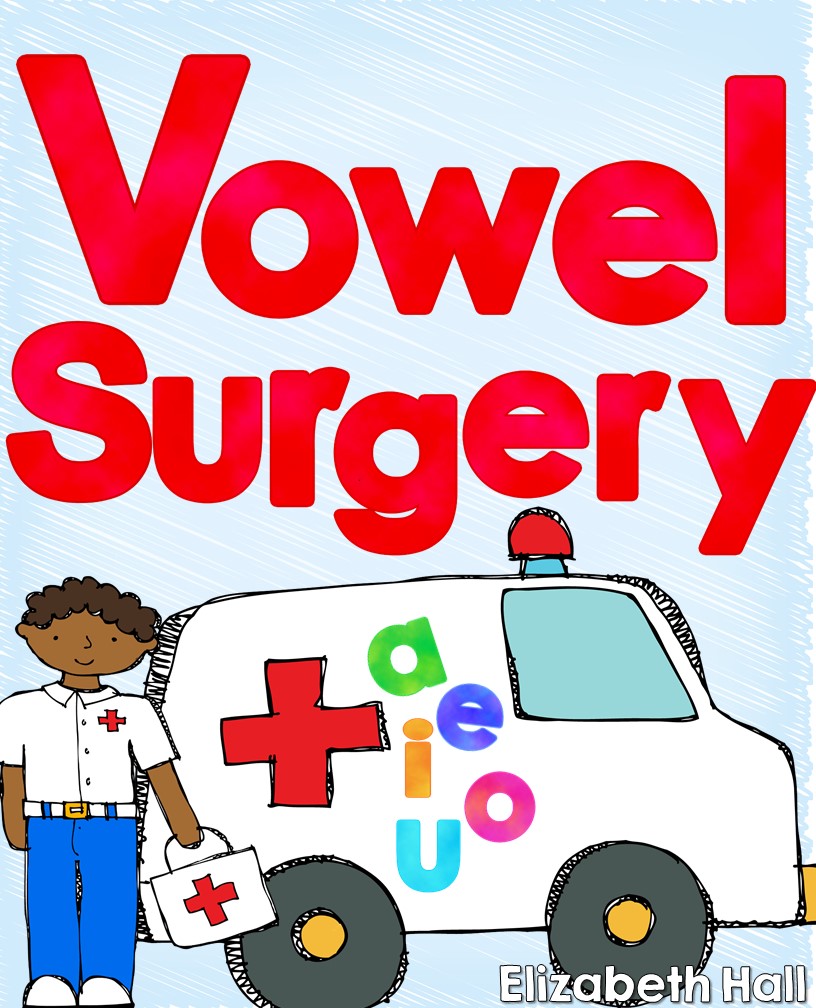
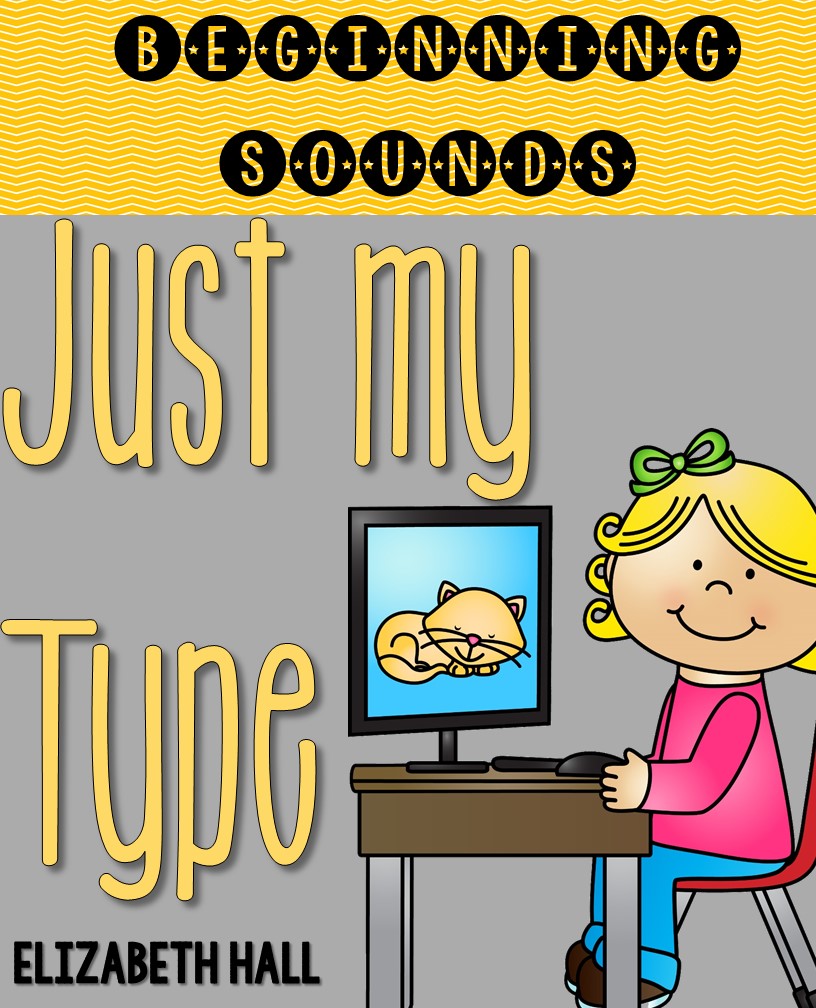
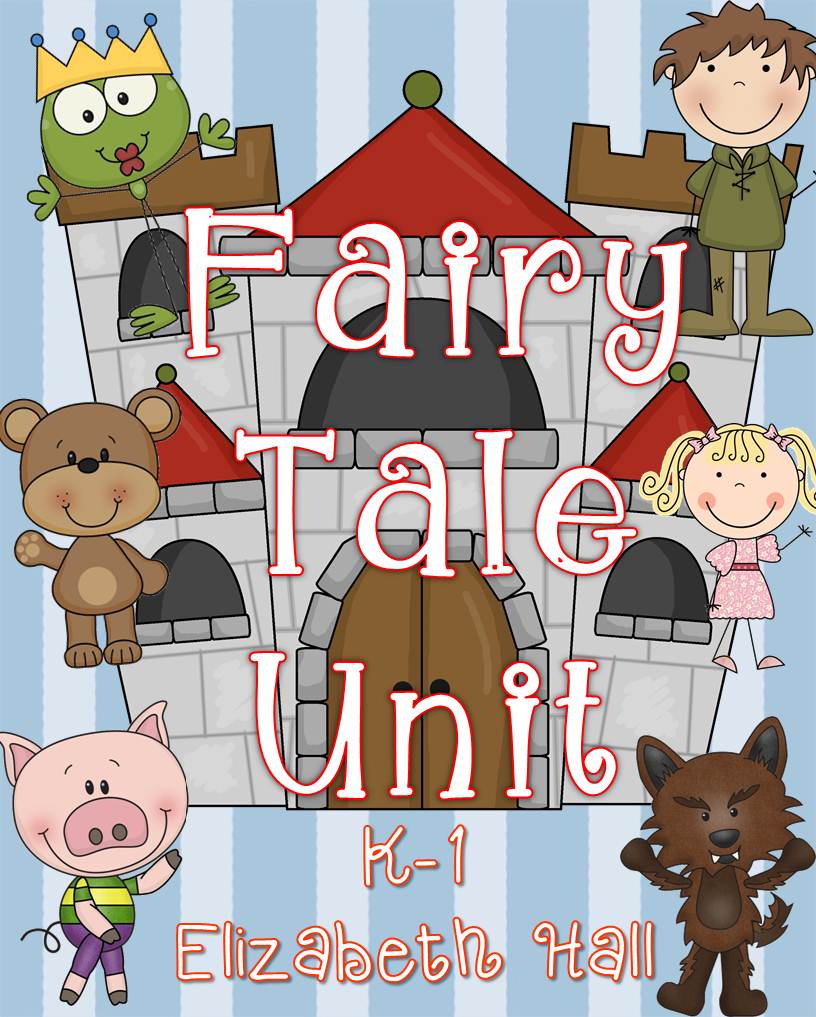
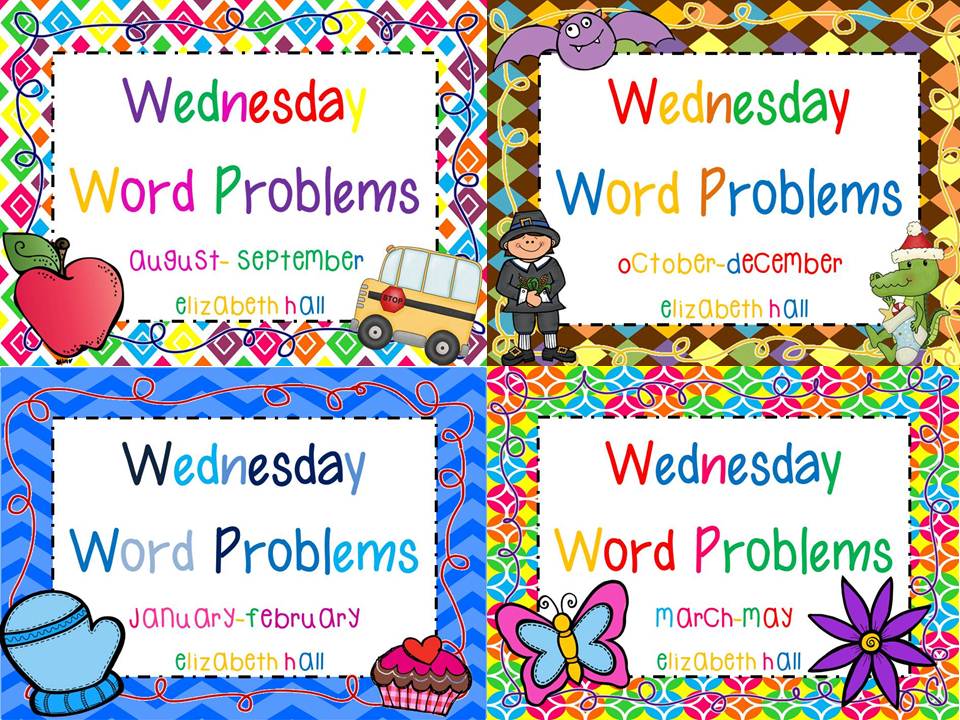
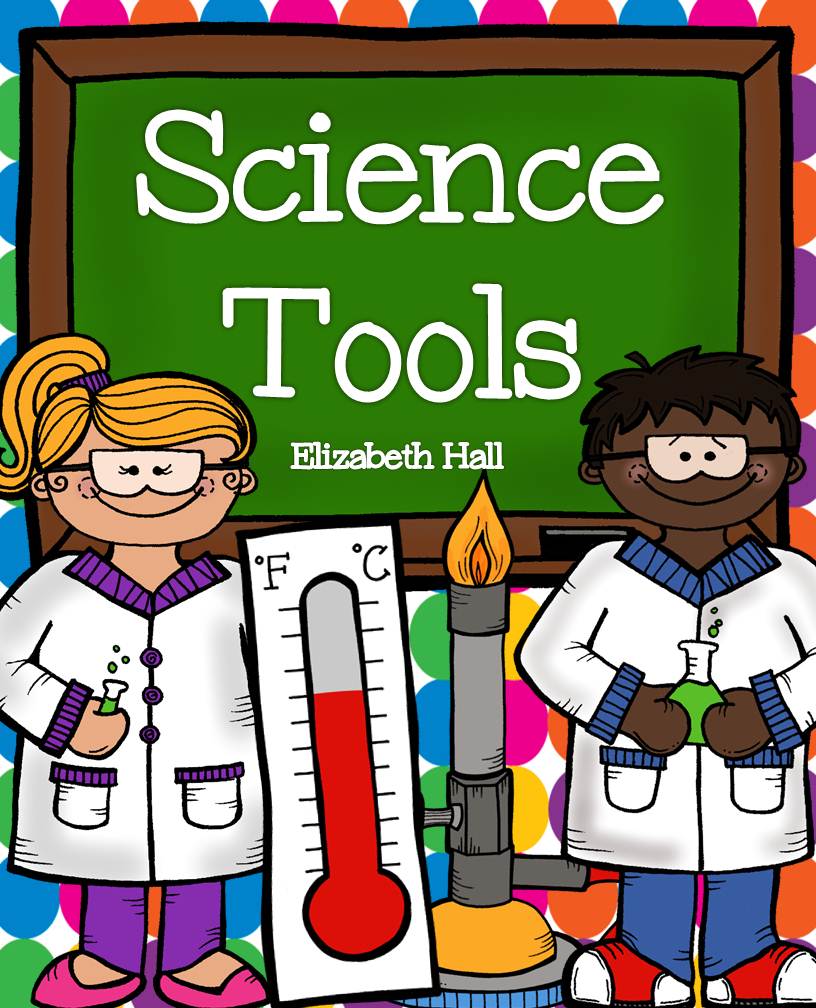
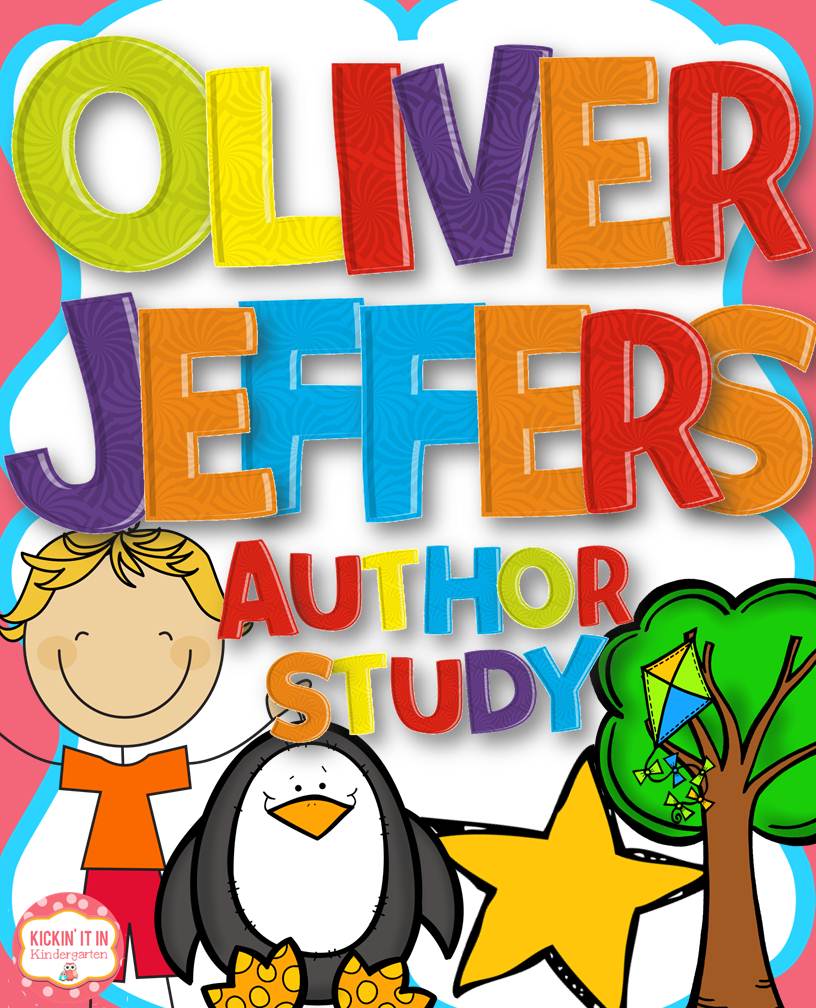
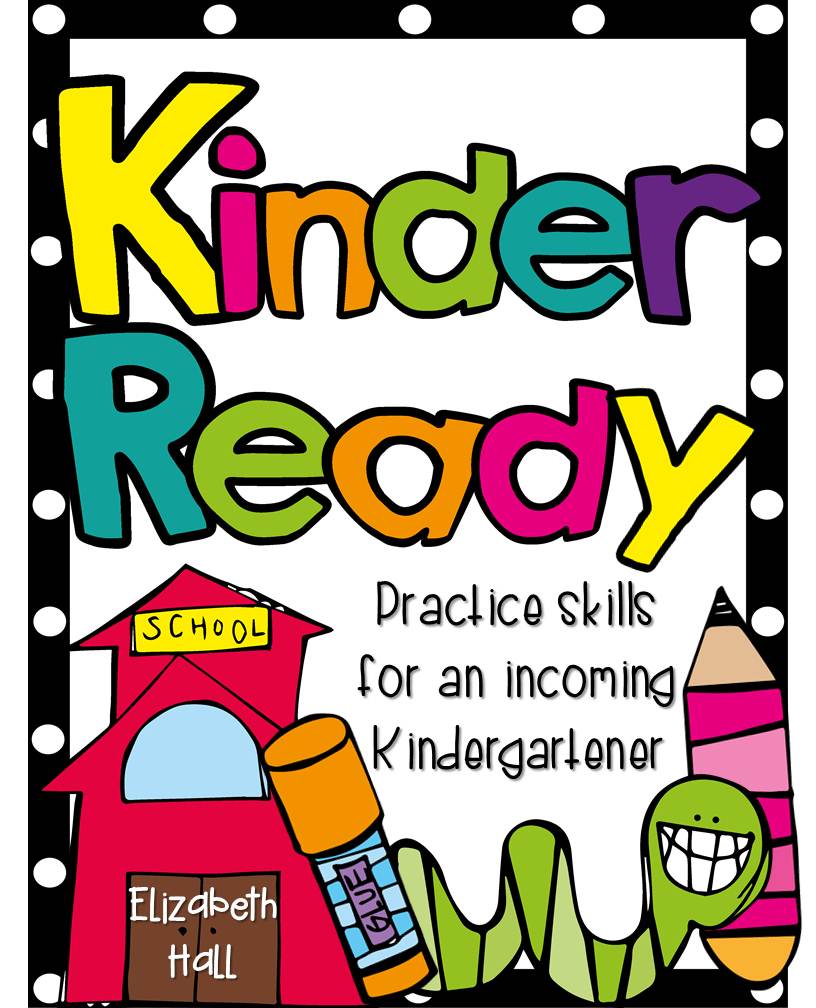
What are you doing during this time? Do you go where you are needed or take students out to do something else?
Thank you for such an informative post 🙂
Sheri 🙂
Doing leveled math groups 🙂
Elizabeth – Thanks for sharing this in more details. I have 12 math centers because we are required to do some technology on the computer. I like this format. So…how often do they visit each center a week and for how long? Also, I’m assuming that 1 and 6 are different buddy games? I’m PRAYING we get to come to Vegas and I will definitely be in your session! Thanks girl!
Sarah
Kindergarten Korner
How do you teach leveled math groups? What pre and post assessments do you use? Our district uses Math Expressions. I wonder how I would teach leveled math groups with such a curriculum. Just wondering!
Where did you find your pattern block activities?
This is fabulous! I also want to tell you that I LOVE your idea to have a day without worksheets!! We’re giving it a go next week. Makes my heart sing! Thank you, Sweet Elizabeth
When you say 10 math tubs are you meaning 10 math centers a week?? Seems like so much to prepare for for just one week! Really like this idea and would like to do this next year. I can’t seem to find a way to do my math centers that I totally love. Could you give a little more info on how it is ran each day/week? Thank you 🙂
I do ten day rotations 🙂
I love that you do a 10 day rotation. That means less prep for the teacher which means I get to save my sanity. Ha! Thanks for the great post. I plan on using your February stations starting this week. 🙂
Ah! Perfect! I love that each 10 day rotation is very similar and consistent! I feel this would make to easy to explain centers? Do you explain all 10 at one time? Also, how do you go about rotations? Do you have them on the smartboard, pocket chart, etc? Sorry so many questions! I am trying to really grasp a good picture on how this is ran and what it looks like in the classroom. Wanting to make it my Summer project and use next year in my classroom
I would love to try this.. How long do your kids spend in centers? They do 1 activity a day, is that correct?